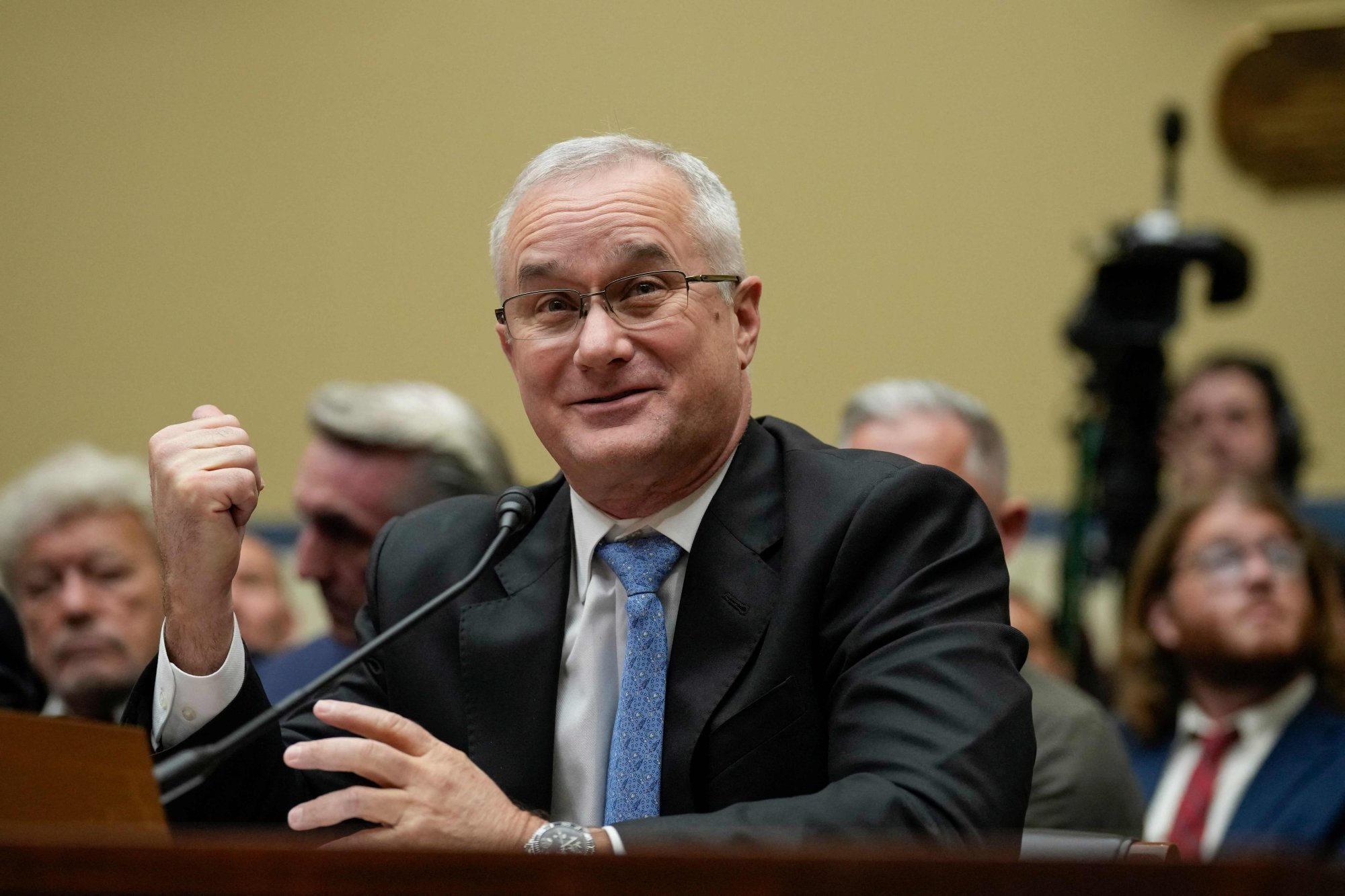The spy balloon incident that roiled US- China relations earlier this year was Exhibit A on Wednesday at a Congressional hearing about UFOs when the committee chairman used it as an example of the federal government’s lack of transparency and preparedness on the subject.
In his opening remarks, Representative Glenn Grothman, chairman of the House Subcommittee on National Security, the Border and Foreign Affairs, demanded clarity from the White House on the government’s investigations into unidentified flying objects – or, as the Pentagon prefers, unidentified aerial phenomena (UAP) – the sightings of which have puzzled millions in the US and beyond for decades.

The response to the “Chinese spy balloon that violated US air space is one example of a government not prepared” for UAP, Grothman, a Wisconsin Republican, argued, saying that the administration’s description of events showed that it “continues not to be forthright” about the balloon and three other objects the US military shot down.
Do you have questions about the biggest topics and trends from around the world? Get the answers with SCMP Knowledge, our new platform of curated content with explainers, FAQs, analyses and infographics brought to you by our award-winning team.
In late January, a giant balloon was spotted floating over North America. Chinese officials identified it as a meteorological balloon that had strayed off course, but US officials called it a spy balloon.
After allowing it to transit across the continent, the Pentagon had it shot down off the South Carolina coast in early February, retrieved the balloon and began an analysis of the vessel.
The incident caused a significant enough breach between Washington and Beijing that US Secretary of State Antony Blinken cancelled a trip later that month to China, only taking it in June.
US finishes recovery of Chinese spy balloon, to study how it works
However, Pentagon officials have not described what kind of information the balloon had obtained or tried to obtain, nor has anything been disclosed about three other unidentified objects that were downed.
Sean Kirkpatrick, the head of the Pentagon office that reviews UFO incidents reported by military personnel, told a Senate Armed Services subcommittee in April that his unit had 650 incidents under review, but that there was no evidence any of them had an extraterrestrial origin.
“The majority of unidentified objects ... demonstrate mundane characteristics of balloons, unmanned aerial systems, clutter, natural phenomena, or other readily explainable sources,” he said.
On Wednesday, though, former intelligence officials and military personnel claimed that the US government was hiding crucial information about UAP that were not balloons.
Asked whether the government was in possession of any UAP, David Grusch, an ex-intelligence officer, said “absolutely, based on interviews of over 40 witnesses over four years”.
“I know the exact locations and those locations were provided to the inspector general. And some of which, to the intelligence committees, I actually had the people with the first-hand knowledge provide a protected disclosure to the inspector general,” Grusch, an intelligence officer for 14 years, both in the US Air Force and at the National Geospatial Intelligence Agency, added.
Asked if the US had “the bodies of the pilots who piloted” these crafts, Grusch claimed that there were “biologics” that “came with some of these recoveries”. However, he did not say if the government had made contact with “intelligent extraterrestrials”.
Grusch indicated that he had not seen any non-human objects himself, telling the panel that he had been “informed, in the course of my official duties, of a multi-decade UAP crash retrieval and reverse-engineering programme”.

Grusch had made similar contentions in an interview with NewsNation, an American news network, last month. At that time the Defence Department responded by stating that there was “no verifiable information to substantiate the claims”.
On Wednesday, Ryan Graves, a former Navy fighter pilot, testified that his squad repeatedly encountered UFOs, and David Fravor, a retired Navy commander, said he had followed a UFO in 2004.
Both said that the flying objects manoeuvred in ways current US technology could not match or explain.
They added that no US adversary possessed such technology, either.
“If UAP are foreign drones, it is an urgent national security problem. If it is something else, it is an issue for science. In either case, it is a concern for safety of flight,” Graves said.

In response to the testimonies, National Security Council spokesman John Kirby said the Biden administration did not “have hard and fast answers on these things”.
The president would have not asked the Pentagon to “look at this, to analyse the data, to collect reports, and provide a system by which we can collate the information and better figure out what we’ve got here”, he added, if he “didn’t believe that the sightings by pilots were serious enough to be considered”.
Kirby also said that “in some cases, these phenomena have impacted military training, have then impacted military readiness”.
The Pentagon’s 2022 annual report on unidentified aerial phenomena, which covered sightings between 2004 and 2021, was released in January after a months-long delay.
According to the report, 163 sightings were described as “balloon or balloon-entities” while other were attributed to drones, birds, weather events or airborne debris like plastic bags. The remaining 171 reported sightings were marked as “uncharacterised”.
A team of 16 experts and scientists assembled by Nasa to probe UAP is expected to release its findings sometime this summer.
More from South China Morning Post:
- Do US ‘object’ shootdowns herald the end of UFO sightings?
- ‘I’m scared’: South Koreans report UFO sighting after secret rocket launch
- Pentagon has received ‘several hundreds’ of new UFO reports
- Nasa joins hunt for UFOs, hiring experts to solve ‘perplexing mysteries’
For the latest news from the South China Morning Post download our mobile app. Copyright 2023.





